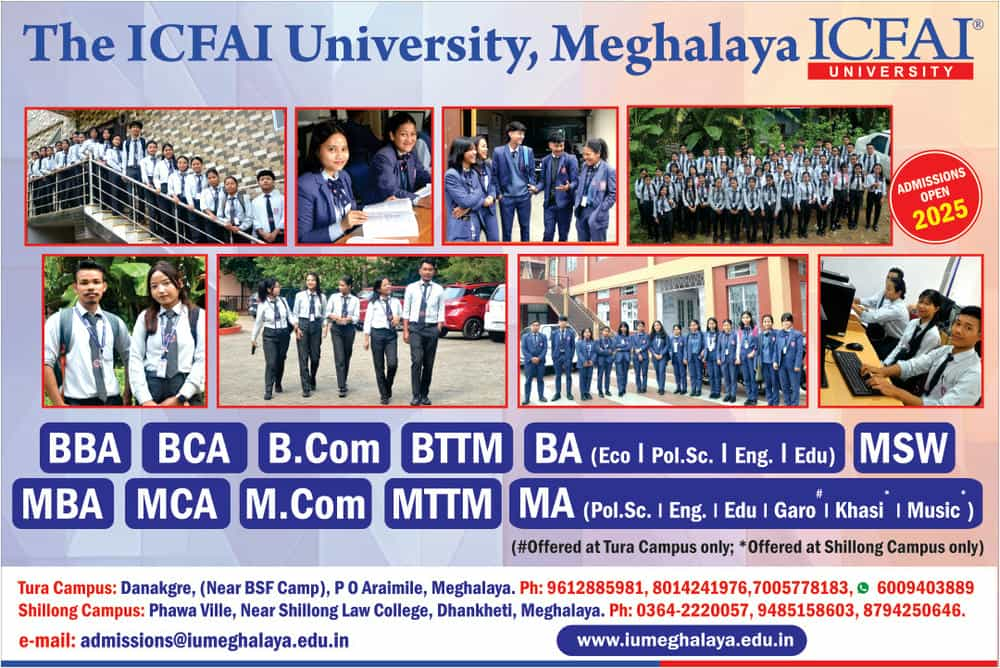Meghalaya: Border panels get 45-day extension to submit report

The state government has extended the period for submission of reports by the three Regional Committees by another 45 days.
This was informed by the Chief Secretary DP Wahlang on Friday.
The three regional committees were constituted on September 26 to examine the present status of the remaining six areas of difference shared with Assam and to submit their report within a period of 45 days.
The areas of difference include Langpih in West Khasi Hills District, Borduar, Nongwah-Mawtamur, Deshdoomreah, Block-II in Ri Bhoi district and Block-I, Psiar-Khanduli in West Jaintia Hills district.
The six-member regional committee for Ri Bhoi District is being headed by Deputy Chief Minister Prestone Tynsong, regional committee for West Khasi Hills District by cabinet minister Renikton Lyngdoh Tongkhar and regional committee for West Jaintia Hills District by cabinet minister Sniawbhalang Dhar.
Also Read | Meghalaya HC says no physical demarcation on Assam-Meghalaya border till February 6
The September 26-notification had said, “The committees will submit their report to the Government of Meghalaya within a period of 45 days from the date of this notification based on the inspection of the villages and based on the agreed yardsticks of historical perspective, ethnicity of the local population, administrative convenience of local people, contiguity with the boundary and the perception of the people living in the area.”
The decision to constitute the regional committees came after the two state governments – Meghalaya and Assam have recently started the second phase of border talks for resolving the remaining six areas of difference.
As per the terms of reference, the three regional committees have been asked to coordinate with the relevant Regional Committee set up by Government of Assam, to cross-reference and verify the names of the villages (sub-villages) claimed by Meghalaya with the names of villages as per records of Government of Assam, to establish the geographical location of the villages and their contiguity, to examine the status of the population of villages as per census records including Ethnicity and to prepare an ‘As-ls’ Public Asset Register in the villages, created by both the State Governments.
They have also been asked to visit each of the villages, and interact with the communities living in the villages including the elected representatives of the Autonomous District Councils and other stakeholders to learn about the perception of the people living in the area, to document the factual information regarding the physical & time-wise distances from the villages to the nearest public service delivery point administrative unit.

Leave a Reply